Breaking News
Royal cars
For most of her engagements, The Queen travels to a venue in a State car.
Used for public engagements and some ceremonial occasions, State cars must transport their passengers in a style which is safe, efficient and dignified, allowing as many people as possible to see The Queen or other members of the Royal Family. Built to unique specifications, they are also vehicles of great historical and technical interest in themselves.
The Queen’s State and private motor cars are housed in the Royal Mews at Buckingham Palace.
For official duties – providing transport for State and other visitors as well as The Queen herself – there are eight State limousines, consisting of two Bentleys, three Rolls-Royces and three Daimlers. Other vehicles in the Royal fleet include a number of Volkswagen ‘people carriers’.
State cars are painted in Royal claret livery. The Bentleys and Rolls-Royces uniquely do not have registration number plates, since they are State vehicles.
The most recent State cars, used for most of The Queen’s engagements, are the two Bentleys. The first of these was presented to The Queen to mark her Golden Jubilee in 2002.
The one-off design, conceived by a Bentley-led consortium of British motor industry manufacturers and suppliers, was created with input from The Queen, The Duke of Edinburgh and Her Majesty’s Head Chauffeur.
In technical terms, the special Bentley cars have a monocoque construction, enabling greater use to be made of the vehicle’s interior space. This means the transmission tunnel runs underneath the floor, without encroaching on the cabin.
Technical details show how different the Bentleys are to standard cars. The Bentleys are 6.22 metres long, nearly a metre longer than a standard Bentley Arnage. At 3.84 metres, its wheelbase is 1.3 metres longer than that of an average family sized saloon. The engine drives a standard, four-speed GM 4L80-E gearbox, which directs power through up-rated driveshafts to the rear wheels.
Although they have a powerful engine, the Bentleys, like any other cars, are subject to normal speed restrictions. On processional occasions, they travel at around 9 miles per hour, and sometimes down to 3 miles per hour.
The rear doors are hinged at the back and are designed to allow The Queen to stand up straight before stepping down to the ground.
The rear seats are upholstered in Hield Lambswool Sateen cloth whilst all remaining upholstery is in light grey Connolly hide. Carpets are pale blue in the rear and dark blue in the front.
Visibility is important. For many people, a glimpse of a Royal car driving slowly by may be their only opportunity to see The Queen or a member of the Royal Family. The Bentleys are fitted with a removable exterior roof covering which exposes a clear inner lining, giving an all-round view of their Royal passengers.
There are other cars in addition to the Bentleys. A Rolls-Royce Phantom VI was presented to The Queen in 1978 for her Silver Jubilee by the Society of Motor Manufacturers and Traders.
The oldest car in the fleet is the Phantom IV, built in 1950, 5.76 litre with a straight eight engine and a Mulliner body. It was used by Princess Elizabeth and The Duke of Edinburgh. It features a straight eight engine and a Mulliner body. Despite its age, the car is in fine condition, and is still used for occasions such as Ascot.
There is also a 1987 Phantom VI.
There is no proof that King Edward VII or King George V could drive, but later monarchs King Edward VIII and King George VI could.
Some interesting historic Royal cars can be viewed at Sandringham Museum. Items include the 1900 Daimler bought by Edward VII, and a half-scale Aston Martin given to Princes William and Harry in 1988.


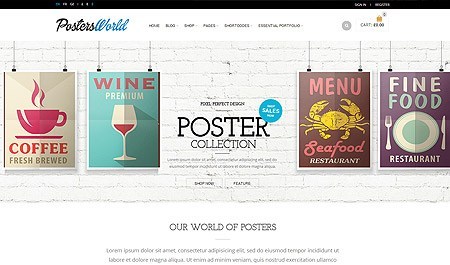
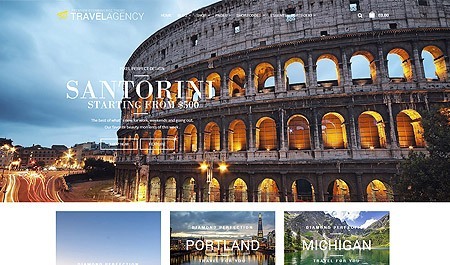
















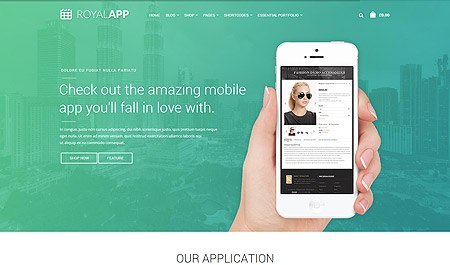
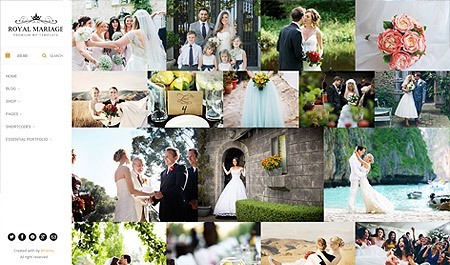
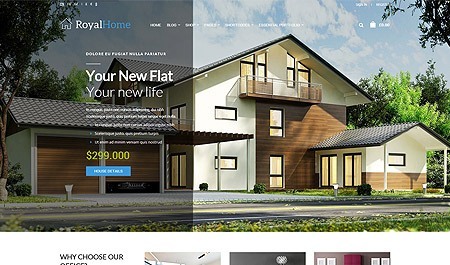

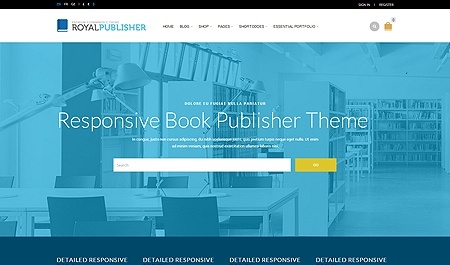






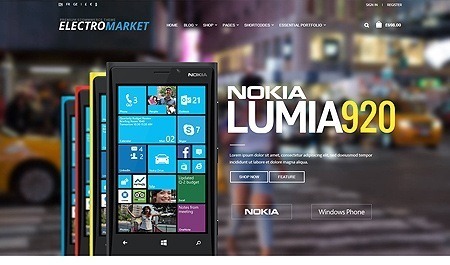



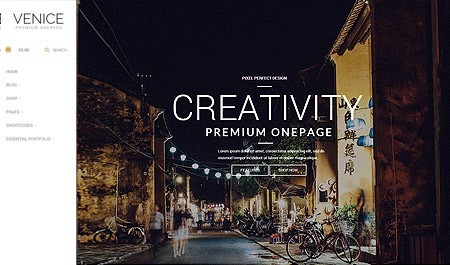


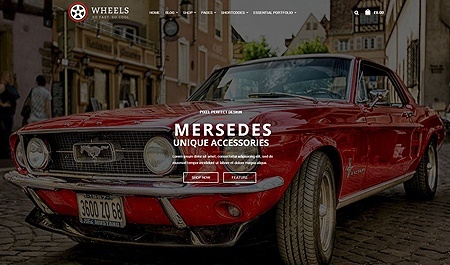
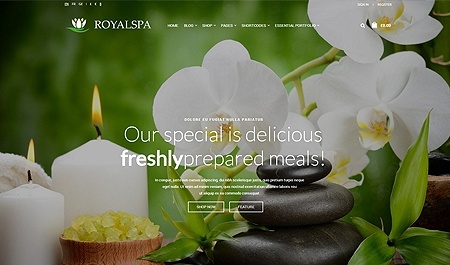






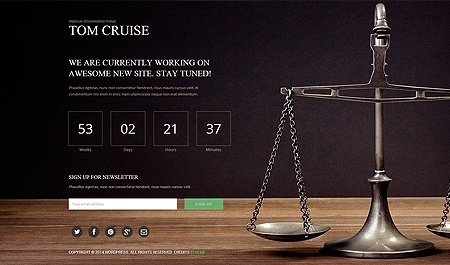



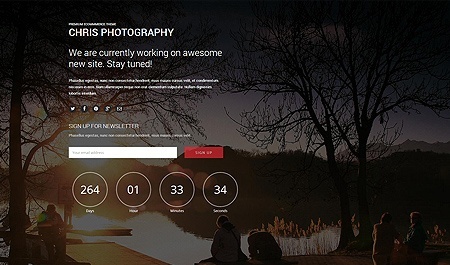





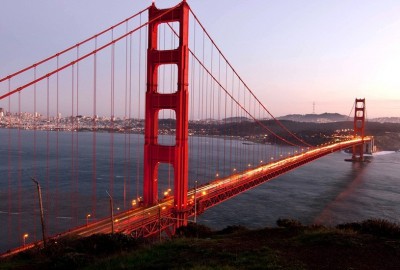


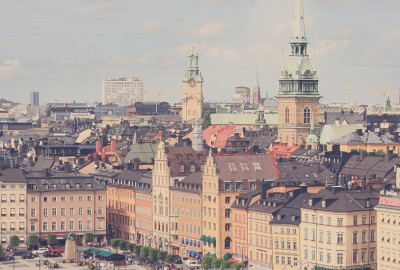
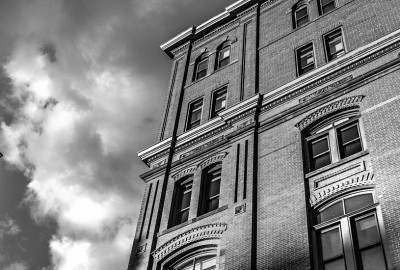


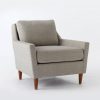

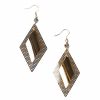

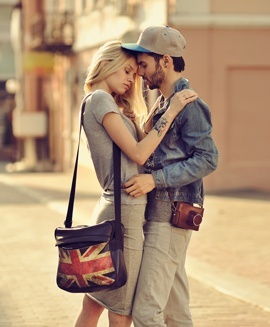

Leave a reply